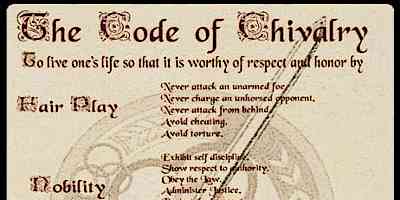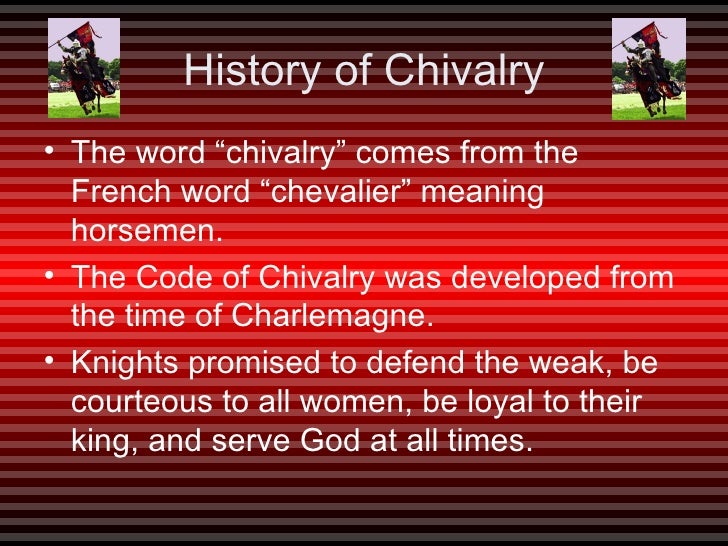

This form of jousting was a lot more civilized than the previous. Individual jousting was a battle between only two knights. The goal was to be the last one standing by unhorsing as many of the others as possible. This method involved more than two competitors. It was this type of tournament in which the most lives were lost. Melee’ was popular during the 12th and 13th century when tournaments were still extremely brutal and violent. They were: Melee’ or Tourney Proper, Individual Joust, and Practice Tournament. There were three types of tournaments up until the 17th century. The amount of lances a knight broke was an indication of the force of his charge, and therefore, of his horsemanship skills. The knights also tried to destroy their lances as this won them more respect and prestige. The knight’s objective was no longer to kill the other knight, but to knock him off his horse. Killing a horse, however, had always been considered an absolutely inexcusable and horrific act. Death was rare and considered very unfortunate, where as previously it was something to be expected. Tournaments were now fought with blunted weapons. Tournaments became less like brutal death matches and more like civilized entertainment. Image Source: As the thirteenth Century came to a close, jousting took a new turn. These tournaments dubbed all Knights as gentlemen and required them to abide by the rules of fair play (National Jousting Association).

It was for this reason that in 1292 The Statute of Arms for Tournaments was established. The violence, however, also outraged the church. For this reason, tournaments in England were terribly brutal, very often resulting in death. The French were far more involved with “chivalry” than the English, who mainly saw tournaments as a means of military training for their knights. However, the church was outraged by this ridiculous practice. This practice was considered an acceptable alternative to adultery by many. As you can see, “Chivalry” wasn’t quiet as romantic during the medieval period as it has been portrayed in modern times. It was considered unacceptable, even down right disgraceful for a lady to refuse a knight who had fought for her “honor”, even though she had no say in the matter to begin with. In exchange for this “service” the knight expected the lady to spend the night with him. The knight would then fight in her “honor”. Image Source: A knight would select a beautiful lady, most commonly a married lady, whose husband was ideally of higher rank than the knight. Along with these new rules, the idea of chivalry evolved and became an essential part of jousting.

This brutal way of settling conflicts slowly evolved into a more civilized sport with a complex set of rules. Henry II of France was one of the first men who lost his life to a jousting tournament. However, these knights also risked losing their lives. Jousting tournaments became a great way for knights not only to show off their skills, but to win large sums of money. The sport then became very popular in Europe and remained so up until the 16th century. Image Source: Although the first recorded tournament occurred in the year 1066, jousting did not gain much popularity until after the 12th century. Other weapons used may have included battle axes, daggers, and swords. Two or more knights on horseback would fight, usually with lances as their weapons. Jousting tournaments began as organized battles between knights who had had experienced some sort of disagreement. From France, jousting slowly spread to Germany, England, and southern Europe (National Jousting Association). Unfortunately for him, he died at the very first jousting tournament in history which occurred in the year 1066.

The rules for this unique sport are believed to have been written by a Frenchman named Geoffori de Pruelli. HISTORY OF JOUSTING Image Source: Jousting is a medieval sport that originated between the 10th and 13th centuries.


 0 kommentar(er)
0 kommentar(er)
